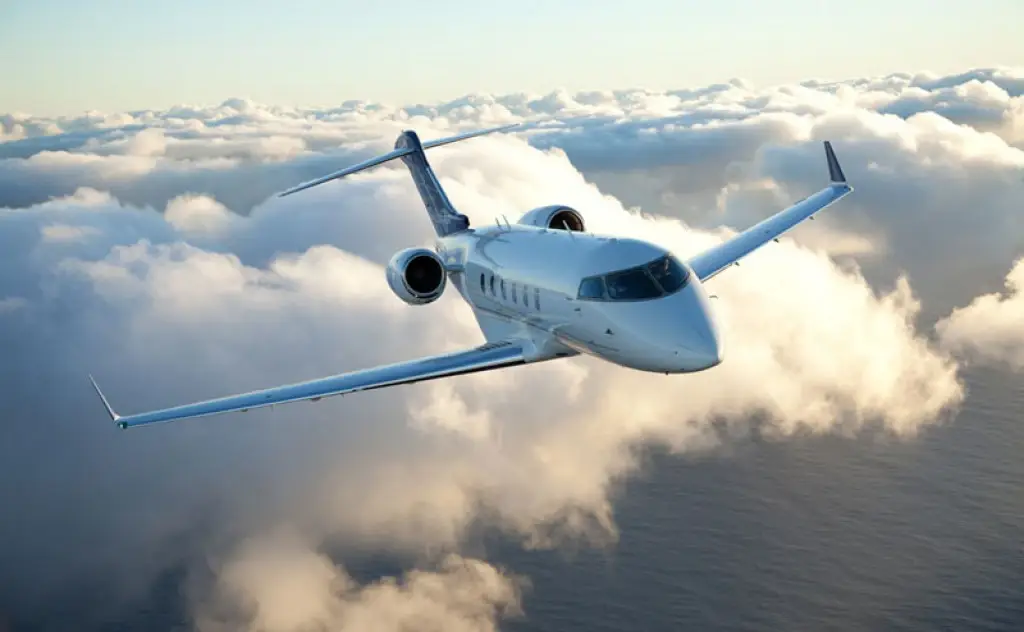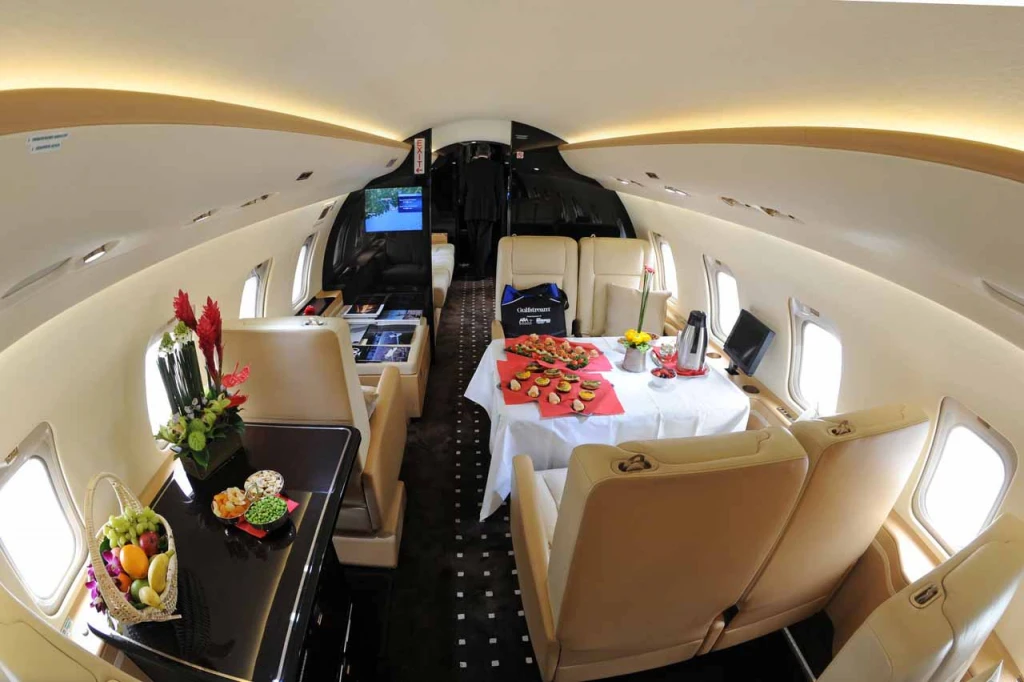There are a number of regulatory bodies which pilots, operators and the airlines must adhere to if they are to be deemed airworthy. Here, we talk you through a few of the more popu
Over a series of decades as flying has become more accessible, affordable and frequent, it has become increasingly important to ensure that aviation remains a safe industry amidst growing markets as new airlines emerge all over the world.
In order to help maintain a high degree of safety, there are a number of regulatory bodies which pilots, operators and the airlines must adhere to if they are to be deemed airworthy. Here, we talk you through a few of the more popular organizations and what their roles are within the aviation industry.
Federal Aviation Administration (FAA)

Formed in 1958, the Federal Aviation Administration (FAA) is the national aviation authority of the US and is responsible for overseeing all aspects of aviation in North America, ensuring that the skies remain safe and that all the aircraft in operation follow a strict set of guidelines to minimize danger and make sure that everybody pilot is adequately qualified for their role. In order to achieve this, the FAA has set out a decisive set of regulations known simply as the Federal Aviation Regulations (FARs). The FAR is a huge document which covers all aspects of aviation, and gives in-depth detail on specific airlines for everything from aircraft maintenance and pilot requirements to hot-air ballooning and model rocket launches, covering absolutely everything that is needed in order to understand how, when and what to fly. The document is sometimes referred to as 14 CFR Part xx to avoid any confusion with the Federal Acquisitions Regulations which use the same acronym. The document consists of tens of thousands of sections covering every aspect of aviation and it is very much required that pilots and air carriers are familiar with the rules outlined in the FARs.
Civil Aviation Authority (CAA)
Civil Aviation Authority is a fairly generic title used across a plethora of countries as diverse as the Czech Republic, El Salvador and Mongolia. Among the most frequently referred to as simply CAA are those of China (technically the Civil Aviation Administration of China or CAAC) and the UK’s Civil Aviation Authority. The United Kingdom’s CAA does not utilize the same autonomous role of the ICAO or even wield as much leverage as many other countries’ aviation organizations; instead, the CAA is the UK’s primary regulator in certain aspects yet in other areas it defers to the European Aviation Safety Agency (EASA). In the latter instances, the CAA effectively acts as the EASA’s local body, enforcing its rules on the UK. The UK’s CAA regulates around 50,000 active pilots and 19,000 aircraft.
International Civil Aviation Organization (ICAO)

The roots of the ICAO can be traced back to 1903, when the now-defunct International Commission for Air Navigation (ICAN) held its inaugural convention. No definitive outcome was reached and, in a gradual and measured process, the Convention on International Civil Aviation was signed by 52 countries in 1944. Three years later this would become the ICAO that we recognize today. The primary function of the United Nations specialized agency ICAO is to provide a set of standards by which to help regulate aviation across the world. Topics covered vary from technical aspects of aviation to units of measurement, aeronautical charts, licensing of personnel and search and rescue standards among many more. This is achieved in the form of the Statute, which is currently on its 9th edition. Standardizing aviation guidelines across countries not only increases safety but makes it a simpler process for aircraft to cross into international territory without having to rethink and alter what they are doing. Although the ICAO counts 191 Member States it is possible for the countries to modify and adjust the regulations when necessary. The ICAO provides the fundamental guidelines, but each country is free to contribute their own requirements. These changes, however, are subject to the ICAO’s approval. The ICAO is responsible for over 100,000 flights daily.
European Aviation Safety Agency (EASA)
Whilst many aviation organizations are formed to oversee the regulations for a particular country, the European Aviation Safety Agency is responsible for the aviation rules for all countries within the EU. Headquartered in Cologne, Germany the EASA are tasked with conducting analysis and research of safety, distribute information and advice, implement regulations, and give type-certification to aircraft and components among other responsibilities. The EASA reached full functionality in 2008 and, once, established, inherited the duties of the Joint Aviation Authorities (JAA) – with one key difference being EASA’s legal regulatory authority across the EU - adding to its all-encompassing status in Europe. Air traffic in Europe is among the busiest in the world and European air traffic management handles in the region of 26,000 flights per day. With many experts foreseeing massive increases over the coming years the EASA led calls for a Single European Sky initiative. The expectation behind the idea was to make for an even smoother transition between all European and international flying zones and this explains the added responsibilities the EASA has undertaken since coming to the forefront of the aviation sector.
Joint Aviation Authorities (JAA)
Formerly known as the Joint Airworthiness Authorities upon its inception in 1970, the JAA started out with the ambition of creating common certification codes for large aircraft. Over time this expanded to include a wider range of targets including operations, maintenance and design standards. After the formation of the EASA the majority of the JAA’s responsibilities were absorbed with most of the existing members transitioning easily to the new organization. However, some non-EU members lost their rights to vote whilst some were excluded entirely from having an input into the legislative process. To avoid confusion it is a worth noting that a JAA also exists in Japanese aviation in the form of Japan Asia Airways, a former subsidiary of Japanese Airlines.








